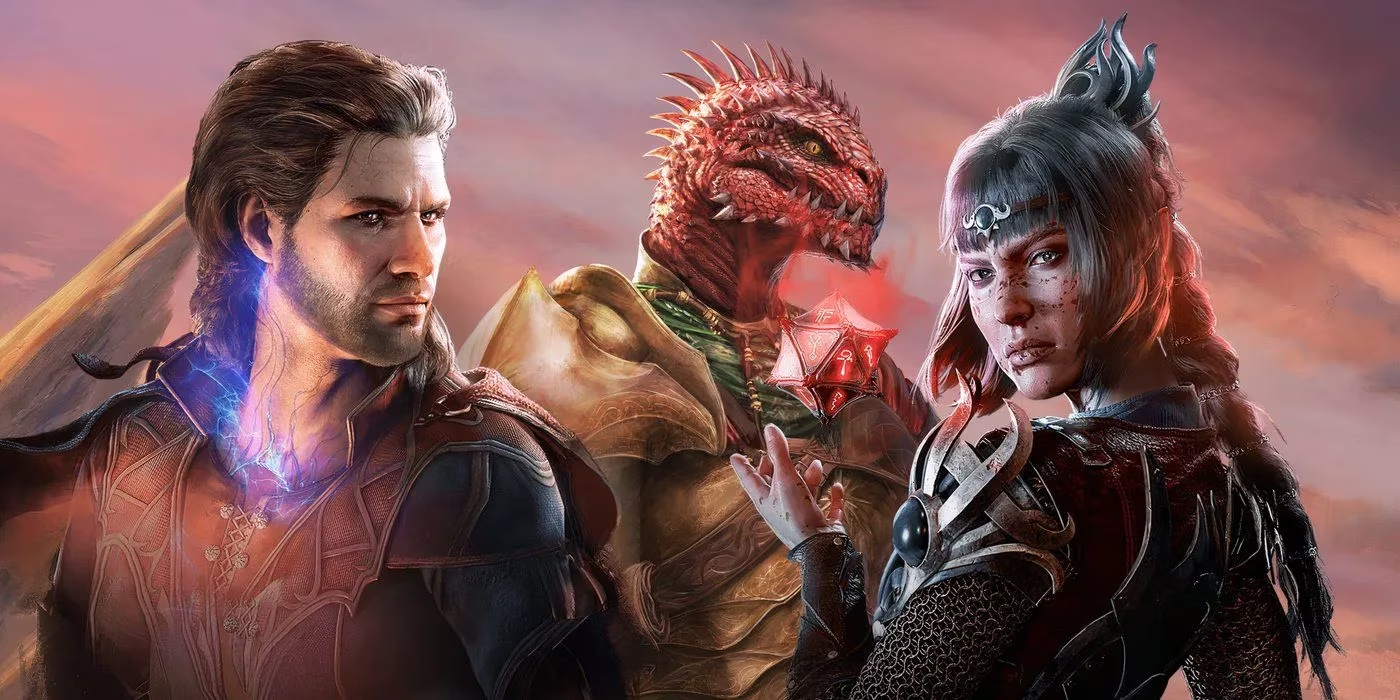Baldur's Gate 3 stands as a monumental achievement in modern RPGs, its sprawling narrative and intricate mechanics captivating millions since its 2023 release. Yet amidst the perfectly rendered spell effects and deeply branching storylines, one can't help but feel a persistent emptiness—a phantom limb where Divinity: Original Sin 2's revolutionary Game Master mode should have resided. The absence is almost cruel in its irony; here we have a D&D-based masterpiece where the Dungeon Master, that essential catalyst of imagination, remains conspicuously locked away. Having spent countless nights orchestrating campaigns in DOS2's sandbox, this writer still feels the sting of what could've been—the laughter around digital campfires that never got lit, the custom adventures through Faerûn that exist only in daydreams.

The Blueprint Left Behind
Divinity: Original Sin 2 demonstrated the sheer magic possible when a CRPG embraces true creative freedom. Its Game Master mode wasn't just a tacked-on feature—it transformed the game into a living theater where friends could craft spontaneous narratives using:
-
🎭 Pre-rendered animations and environmental assets
-
⚔️ A comprehensive bestiary with tactical behaviors
-
🖌️ Terrain manipulation tools rivaling physical tabletops
Larian's earlier triumph proved that digital storytelling could capture the chaotic joy of real-world D&D sessions. The studio's decision not to port this system into Baldur's Gate 3 feels like watching a master chef omit the main course from a feast. One can't help but mourn the lost potential—imagine guiding newcomers through the Sword Coast using BG3's breathtaking visuals instead of flat battle grids!
The Unmatched Gateway
Baldur's Gate 3 already serves as a glorious introduction to D&D mechanics with its:
| Feature | Impact |
|---|---|
| Fluid Combat System | Makes 5e rules accessible and cinematic |
| Character Creator | Offers 16 races & 12 classes with deep customization 💫 |
| Online Infrastructure | Seamless multiplayer for 4 adventurers |
A Dungeon Master mode could have elevated this foundation into something transcendent. Instead of replaying the origin story for the fifth time, groups could've battled homebrew liches in the Underdark or staged political intrigues in Baldur's Gate itself. The writer remembers the frustration of trying to recreate DOS2's impromptu storytelling moments in BG3—fumbling with external tools while knowing everything needed was already in the game's code, just out of reach.

Why It Would Have Shined
No existing digital tabletop approaches BG3's production values. While services like Roll20 offer functionality, they feel like spreadsheets compared to Larian's lush, dynamic worlds. A DM mode here would have provided:
-
😍 Visual immersion unmatched by any VTT
-
🧩 Built-in verticality and environmental storytelling
-
⚡ Real-time reactivity to player choices
This wasn't about replacing physical sessions—nothing beats dice across an actual table—but about bridging the gap for online play. Staring at static tokens feels increasingly archaic in 2025, especially when we've experienced the emotional depth of Karlach's engine-heart or Astarion's trauma rendered in motion-captured perfection.
The Roadblocks Real
Still, understanding why Larian chose this path requires acknowledging brutal realities. The studio raced against catastrophes—COVID disruptions, geopolitical turmoil, and the looming shadow of Starfield's launch. Implementing a robust DM system would have demanded:
-
Significant engine retooling
-
Additional years of development
-
Navigating Wizards of the Coast's D&D 2024 revisions
Moreover, WotC's upcoming Project Sigil clearly aims to dominate the digital tabletop space. One suspects corporate chess moves prevented BG3 from becoming too perfect a platform. The bitter pill? Business realities often clip artistic wings.

The Silver Linings
Modders have valiantly tried filling the void. Community patches now enable:
-
Level 20 progression through multiclassing
-
Dozens of unofficial subclasses
-
Custom campaigns via the Divinity Engine toolkit ✨
Yet without native support, these remain unstable workarounds. The writer recently attempted running Storm King's Thunder using asset-swapping mods—a glitchy mess that crashed whenever giants threw boulders. We deserved better.
Looking Beyond the Gate
Perhaps this longing isn't just about Baldur's Gate 3. Larian's next project could still harness these lessons, blending cinematic storytelling with collaborative creation tools. One dreams of a future where RPGs routinely include DM modes as standard features—where players aren't just consumers of stories but co-authors in living worlds. Until then, BG3 remains a masterpiece haunted by its own unrealized potential. The campfire stories we might have told together linger like ghosts in its code, waiting for someone to finally say: "Roll for initiative."